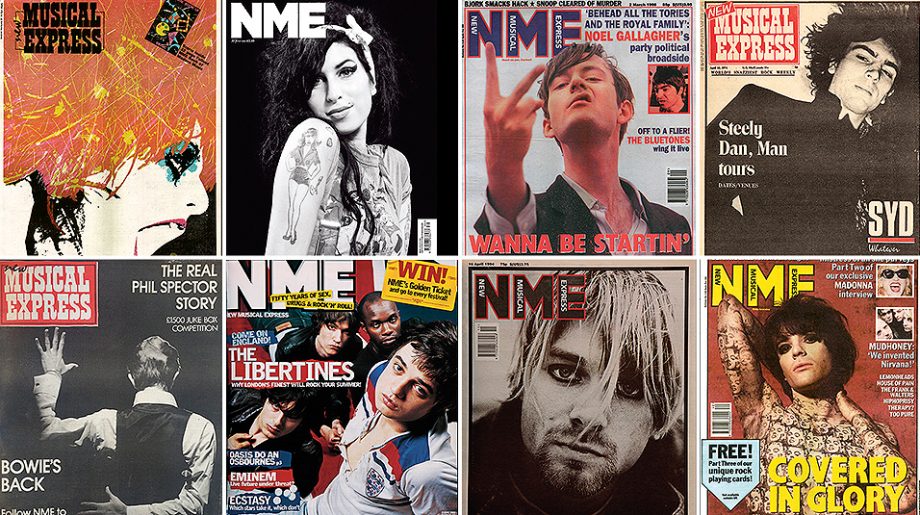The music magazine that has been around since 1952 has finally chosen to stop printing and focus on the online edition. Signs of its collapse have emerged since the early 2000s. The tidal wave that hit the print media finally arrived at NME. The Guardian reports that the magazine with the long name New Musical Express end the print edition in March 2018. “NME end the print edition after 66 years. This weekly music magazine joins a collection of magazines that were once successful and now there is only the online version left,” wrote The Guardian. In the past, NME was not only successful, but a giant media. In the 1960s, circulation was more than 300 thousand copies per week. The Economist once dubbed it the most important music magazine in the 1980s. NME is considered to be one of the mainstream music media that has contributed to the emergence of punk and new wave music. In other words: the magazine helped define music in its time.
NME also contributed greatly to the world of music writing. It gave birth to important names such as Nick Logan, Charles Shaar Murray, and of course: Nick Kent. Far from rock n roll and noisy punk, NME was originally called Accordion Times. In the era of the 1930s, the accordion became the most popular musical instrument in England. Even in 1936, the National Amateur Accordion Championships presented 4,000 spectators. The opportunity was captured by the Accordion Times. Unfortunately, a fast increase in the accordion followed a rapid fall as well. In 1945, the Accordion Times went bankrupt. In October 1946, this tabloid rose with a new mom: Musical Express, incorporating Accordion Times. Later, the name became the Musical Express only. Just like its predecessor, Musical Express experienced financial difficulties.
Theodore Ingham then took over and made his name the New Musical Express. You could say he was the founder. Although later his name was not widely known because a London music promoter named Maurice Kinn bought NME for 1,000 pounds. In the beginning, NME was tabloid with print standards such as newspapers. The first edition was published on March 7, 1952. In the November 1952 edition, they loaded the charts, making them the first British magazine to load the charts. In The History of the NME: High Times and Low Lives at the World’s Most Famous Music Magazine (2012), it was stated that NME began to spread when held by. At that time, NME’s circulation reached 306 thousand copies per week. They often contain The Beatles and the Rolling Stones, two of England’s favorite bands, as the front cover. Let’s see how NME managing its transformation in this digital era.

